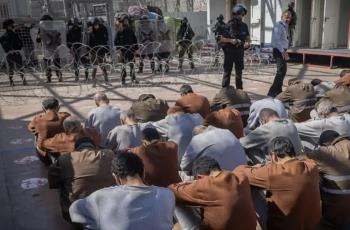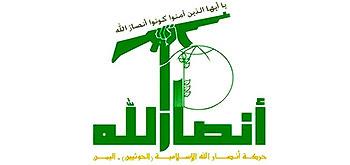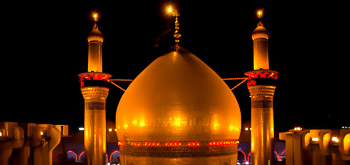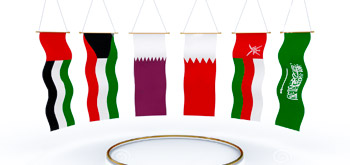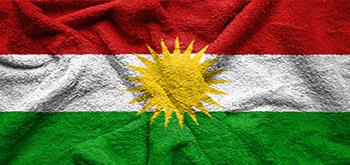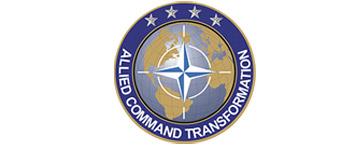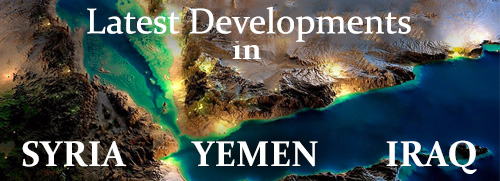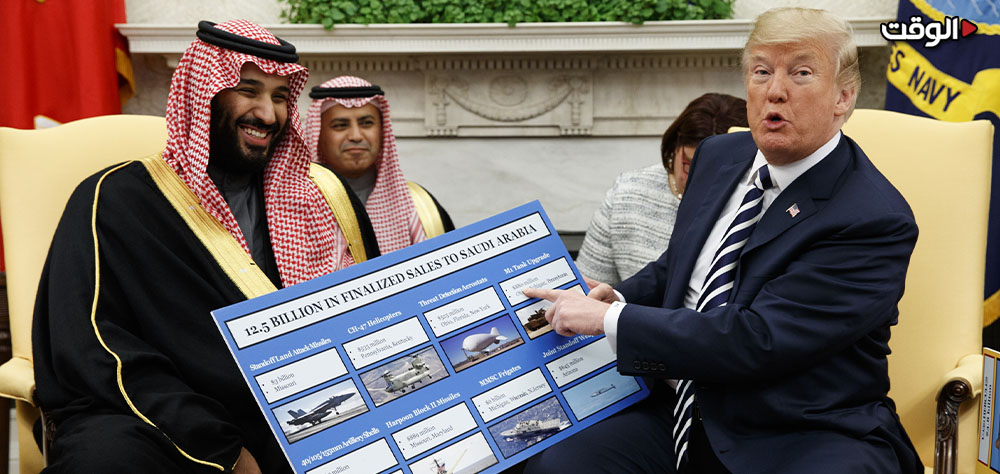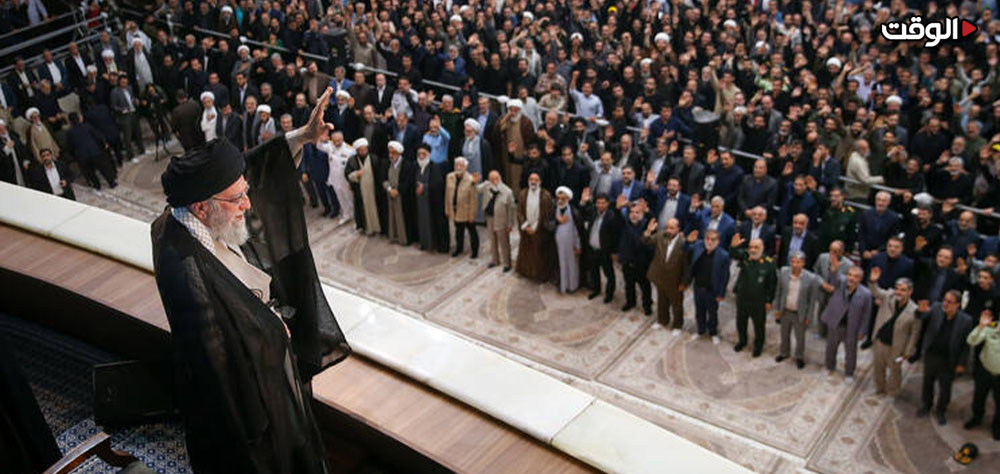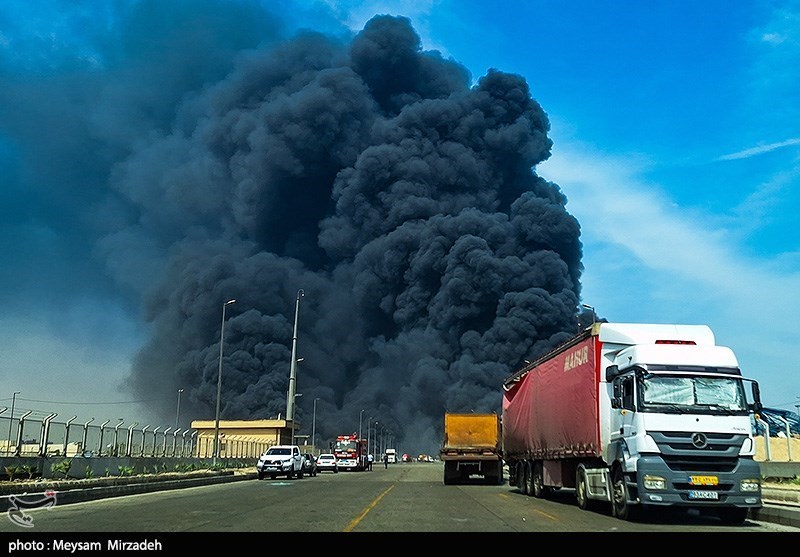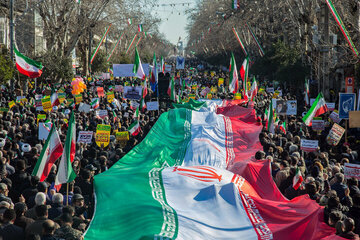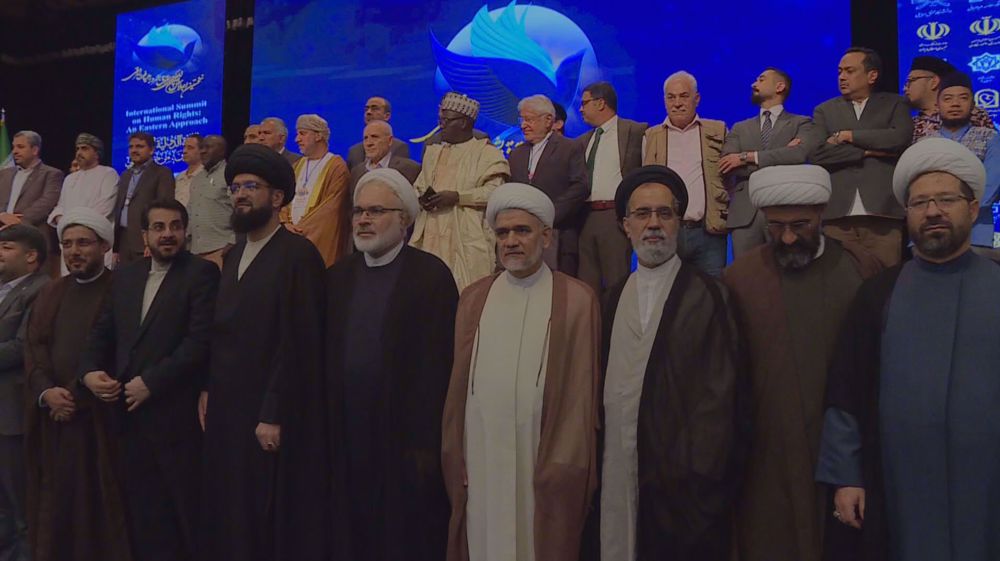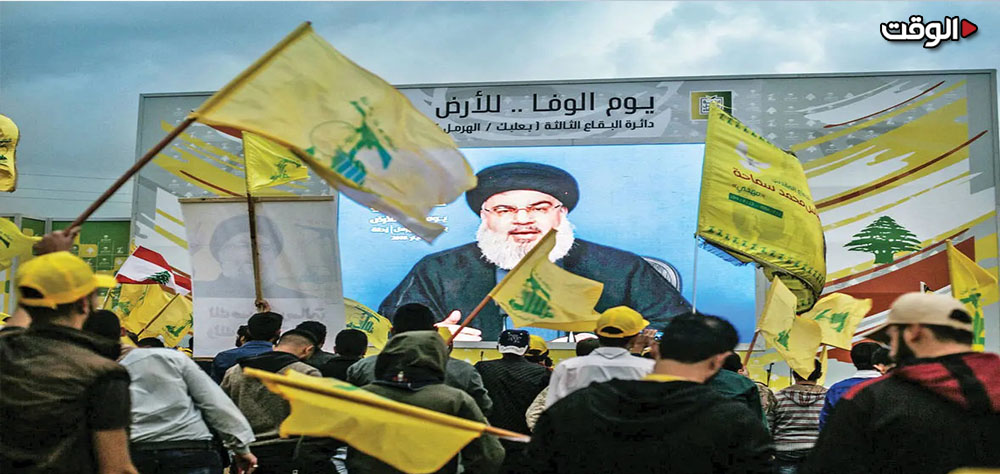Alwaght- During Trump's Persian Gulf tour, Saudi Arabia signed an agreement with the US the White House called "the biggest arms sales deal in the history", a contract worth $142 billion for sale of missiles, armored vehicles, and aircraft to the Arab kingdom.
The sale plan is divided in five main areas: Air force and space, air defense, maritime and coastal secure,army and border guard, and intelligence and communication systems.
More than 12 American defense contractors including the Lockheed Martin, RTX, Boeing, Northrop Grumman and Palantir Technologies are partners to this program.
The deal, both sides have claimed, will significantly strengthen the Saudi armed forces and American defense companies.
The deal also includes “extensive training and support to enhance the capabilities of the Saudi armed forces, including upgrading the country’s military academies and military medical services, ” announced the White House. The deal is part of a larger package worth $600 billion.
From air defenses to boosting naval power under the weapons deal
In the area of air and missile defense, the agreement includes the expansion and upgrade of the Patriot PAC-3 MSE system, of which Saudi Arabia currently has 34 M903 launchers. These systems may be upgraded with active phased array radars (AESA), advanced fire control software, and interfaces for integration with other multi-layer defense systems.
The purchase of 1,000 AIM-120C-8 Amraam advanced intermediate-range missiles (AMRAAM) is included in the deal, for a total value of $3.5 billion. The missiles, which are “beyond-visual-range” missiles, are similar to the Chinese PL-15 missile, which the Pakistani military is said to have used to shoot down an Indian Rafale fighter jet in the recent war. The missiles have a range of 160 kilometers, a warhead weight of 20 kilograms, a flight speed four times the speed of sound, and are capable of operating in all weather conditions, day and night.
The purchase of the General Atomics MQ-9B drone is part of the arms deal between the two countries. The drone can fly autonomously for more than 30 hours, providing Saudi Arabia with not only excellent reconnaissance capabilities, but also the ability to strike adversary forces if necessary.
The upgraded MQ-9B can carry eight precision Hellfire missiles or two 230-kilogram Paveway-II bombs. At an altitude of 12,000 meters, the drone is capable of tracking shipping movements in the Persian Gulf or potential drone attacks. However, the Reaper version of this $33 million drone is vulnerable to defense systems, and about 15 of them have been lost in Yemen since 2023.
APKWS laser-guided missiles, also on Saudi Arabia’s purchase list, can be fired from helicopters or fighter jets. They have a range of up to 11 kilometers and travel at a speed of 1,000 meters per second. The 15-kilogram weapon, with a warhead that causes minimal collateral damage, costs $22,000 each. Saudi Arabia has ordered 2,000 of these rockets, along with their support systems.
The agreement also includes comprehensive support measures for the Saudi armed forces, including advanced personnel training, the development of military academies, long-term maintenance of delivery systems, and the upgrading of military health services. This capacity-building component is coordinated with the aim of increasing operational self-reliance and expanding domestic industrial participation through the state-owned Saudi Military Industries (SAMI).
In the maritime sector, the Saudi Navy will strengthen its coastal surveillance and energy infrastructure protection capabilities through the purchase of sensors, unmanned surface systems, and advanced surveillance technologies. Although no specific platform has been confirmed, there is some evidence that the Saudi Navy’s patrol capabilities will be expanded with the possible equipping of systems such as the US Harpoon Block II missiles.
For the army, the agreement addresses the modernization of armored units, border protection, and defense of strategic infrastructure. This includes armored vehicles, ground surveillance radars, anti-tank missile systems, and short-range defense solutions against emerging threats such as armed drones and irregular infiltration.
The purchase of the Stryker armored vehicle is one part of the agreement. The eight-wheeled, highly maneuverable, and battle-tested vehicle has been the backbone of the US army’s combat units for three decades. The 18-ton vehicle can carry nine soldiers and is armed with a 50-caliber heavy machine gun or can be equipped with a 105-millimeter cannon.
A major upgrade is planned in the field of information and communications systems. Saudi Arabia’s tactical and strategic command networks are to benefit from new technologies in the areas of data fusion, electronic warfare, secure communications, and real-time intelligence. Companies like Palantir Technologies are expected to play a role in this digital transformation, enabling Saudi forces to operate with hybrid warfare capabilities similar to Western armies.
Trump’s announcement of a massive arms deal with Saudi Arabia is not unprecedented. In fact, the $142 billion deal is a sequel to a deal signed during Trump’s first term in office in 2017, when they signed a $110 billion arms package.
In 2017, the White House claimed the deal would include $110 billion in defense equipment and services. Now, eight years later, the lessons learned from Trump’s arms deal with Saudi Arabia provide a basis for a better understanding of the current deal.
Despite what was written on paper, the numbers show that actual US arms transfers to Saudi Arabia since 2017 have been far less than promised. Official figures for foreign military sales between 2017 and 2025 total $34.6 billion, a significant number but far below Trump’s stated figure. So, given the experience of previous deals, the scale of the latest package is likely to be far less than its $142 billion price tag.
Given the experience of Trump’s first deal with Saudi Arabia, the new $142 billion deal should be seen more as a long-term ambition than a concrete financial commitment. Still, the tens of billions of dollars in arms sales to Saudi Arabia since Trump’s first term represent a significant security partnership, making Saudi Arabia one of the world’s largest customers of US defense equipment and services.
Arms purchases have not made Saudi Arabia safe
Regardless of the financial dimensions of these contracts, the fundamental question remains whether this massive volume of arms purchases has actually improved Saudi Arabia’s military effectiveness. Despite being one of the world’s largest military spenders, evidence and assessments, especially during the years-long war in Yemen, show that these large military investments have not yielded the expected results.
While Saudi Arabia has sought to ensure its security by relying on Western support and advanced weapons, the Yemenis, despite the harsh conditions of siege and sanctions, have been able to keep their borders safe by relying on domestic capacity and the production of indigenous weapons. This comparison clearly shows the gap between Saudi Arabia’s military spending and military effectiveness, a gap that continues to cause concern among Saudi officials regarding external threats.
However, a review of Saudi Arabia’s military performance, especially in the Yemen war, shows that huge military spending has not necessarily led to a real improvement in combat capability and national security. The loss of expensive American drones, the failure to contain cross-border threats, and the weakness in achieving operational objectives all testify to the fact that security depends more on strategic efficiency, training of forces, localization of technology, and structural coherence than on arms purchases.
In addition, the huge Saudi spending on defense, including foreign purchases, has imposed a heavy burden on an already strained budget.
Riyadh increased its military budget to $87 billion this year, up from the $75.8 billion last year. This sum equals 21 percent of the total state spending and 7.1 percent of the GDP. This budget increase puts the kingdom the fifth world country with the highest military spending and the biggest military spender in the Arab world.
Some observers believe that this excessive military spending can compromise strategic priorities of Riyadh including the Vision 2030 the Crown Prince Mohammed bin Salman announced in 2016. Such massive military purchases can add another budget challenge, so $142 billion is equivalent to 176 percent of the country's total defense budget in 2024, which shows that even in the best of circumstances, these costs must be spread over many years.
All in all, despite spending billions on arms purchases from the US, Saudi Arabia remains vulnerable to foreign threats—a stark reminder to its rulers that true security does not come solely from advanced weaponry. It takes an independent defense strategy, investment in domestic capabilities, and reduced reliance on foreign powers.


